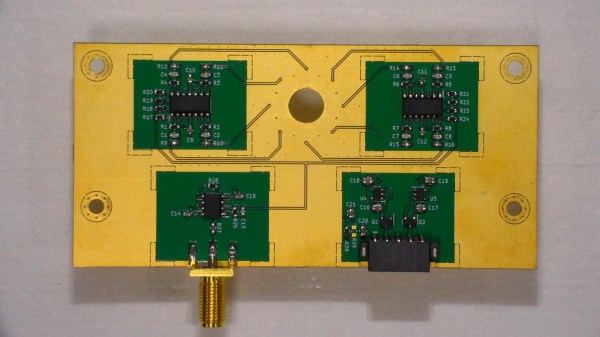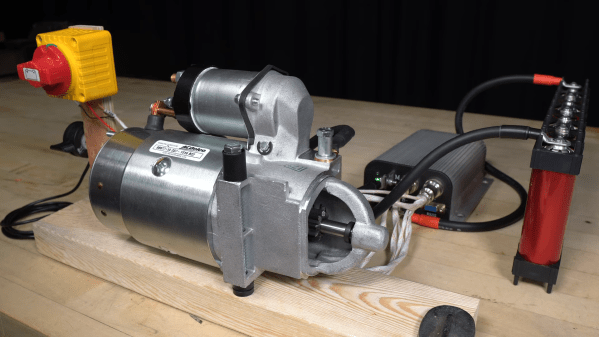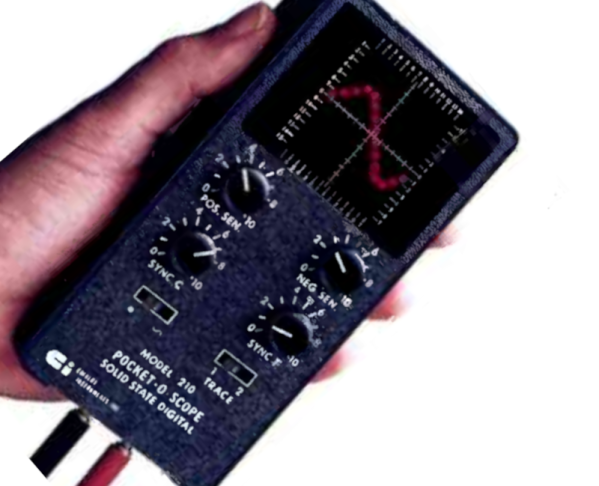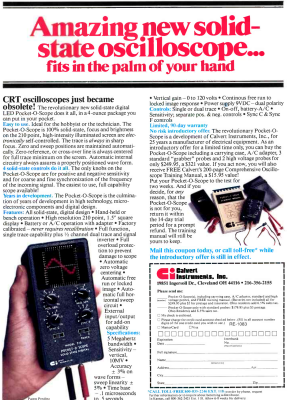A lot of what real engineering is all about is designing to the limits of your materials, with a healthy margin for error. On the other hand, seat-of-the-pants engineering often takes the opposite tack — working with the materials you have and finding their limits after the fact. While the former is more rigorous and better suited to anything where life and limb are on the line, there’s something to be said for the flexibility that informal engineering offers.
[Austin Blake]’s latest eBike is a case study in informal engineering. [Austin] started out wondering if a starter motor from a car engine would make a decent electric bike motor. Our first instinct before watching the video below was to answer that question with a resounding “No!” Yes, starter motors seem like a natural for the job, delivering high torque in a compact package. But starting a car engine is the very definition of a low-duty-cycle application, since it should only take a second or two of cranking to get an engine started. Pressing a motor designed for such a task into continuous duty seems like, well, a non-starter.
And to be fair, [Austin] fully acknowledges this from the start. He even retrofits the motor, wisely replacing the shaft bushings with proper bearings in an attempt to get a better duty cycle. And it works, at least for a while — with the motor, a homebrew battery, and an ESC mounted to a bike frame, the bike was actually pretty peppy. But bearings aren’t the only thing limiting a starter motor to intermittent duty operation. The short drive really heated up the motor, and even with a few ventilation holes knocked in the motor housing, it eventually released the Magic Smoke. The video has all the gory details.
As always, we like to stress that “Fail of the Week” is not necessarily a badge of shame. We appreciate it whenever someone shows us the way not to go, as [Austin] did here. And let’s keep in mind that he’s had success with this approach before, albeit with a much, much bigger starter motor.
Continue reading “Fail Of The Week: Car Starter Motors Aren’t The Best Fit For EBikes” →



















